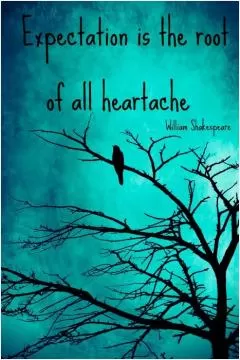The web of our life is of a mingled yarn, good and ill together

The web of our life is of a mingled yarn, good and ill together
In William Shakespeare's play "All's Well That Ends Well," the character Helena speaks the famous line, "The web of our life is of a mingled yarn, good and ill together." This profound statement encapsulates the complexities of human existence and the intertwined nature of joy and sorrow, success and failure, love and heartbreak.Shakespeare often explored the dualities of life in his works, highlighting the interconnectedness of light and darkness, virtue and vice, and fortune and misfortune. In "All's Well That Ends Well," Helena reflects on the unpredictable and often contradictory nature of fate, recognizing that life is a tapestry woven from both positive and negative experiences.
The metaphor of a "mingled yarn" suggests that our lives are a blend of different threads, some bright and colorful, others dark and somber. Just as a tapestry combines various hues and textures to create a cohesive whole, our experiences, both good and bad, shape who we are and influence the paths we take.
Helena's words also speak to the idea of balance and equilibrium in life. Just as a tapestry requires a careful balance of colors and patterns to create a harmonious design, so too must we navigate the ups and downs of life with grace and resilience. By acknowledging the interplay of good and ill in our lives, we can better appreciate the beauty and complexity of the human experience.
Furthermore, Helena's reflection on the mingled yarn of life serves as a reminder that adversity and challenges are an inevitable part of the human journey. Just as a tapestry may contain knots and tangles, so too will our lives be marked by obstacles and setbacks. However, it is through facing these difficulties with courage and perseverance that we can ultimately find strength and growth.












 Friendship Quotes
Friendship Quotes Love Quotes
Love Quotes Life Quotes
Life Quotes Funny Quotes
Funny Quotes Motivational Quotes
Motivational Quotes Inspirational Quotes
Inspirational Quotes